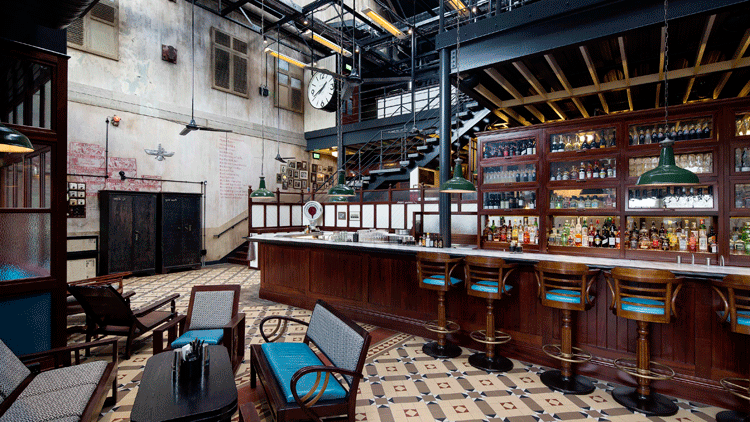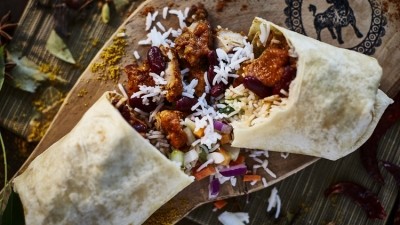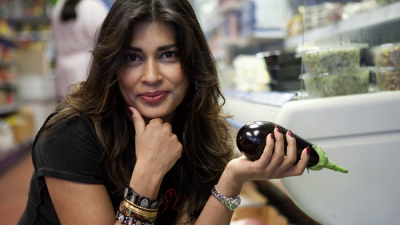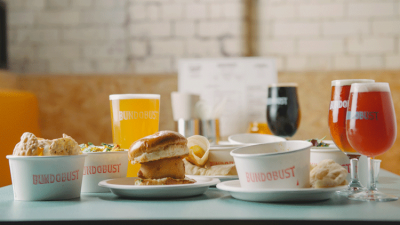New wave restaurants driving growth in Indian sector

This is in stark contrast to traditional, independently run high street curry houses which are in decline due to a wide range of factors including a failure to modernise, curbs on immigration and rising rates and rents.
Brands including Wrapchic, Dishoom, Motu Indian Kitchen and Mowgli are driving growth in the sector and look set to soon catch up with more established Indian restaurant brands such as Masala Zone and the Northern-based Aagrah.
The currently six-strong Dishoom is to open a restaurant in Manchester next year following the success of its first regional site in Edinburgh and Mowgli recently opened a large restaurant in Birmingham following a £3.45m private equity deal to support the rollout of its restaurants.
MCA believes there is still a vast opportunity for growth in the segment, as all of the Top 10 Indian brands operate under 15 sites.
London remains at the centre of growth for the majority of operators in this segment, accounting for 43% of total sites, however some emerging brands including Mowgli and Wrapchick are largely side-stepping the higher rents and costs in the capital, opting for sites in other regional cities.
Small but influential brands to watch in the space include Kricket, which will soon open a second site at BBC Television Centre backed by White Rabbit Growth fund; and Hoppers, which just opened a second site in Marylebone following the success of its inaugural Soho restaurant.
MCA’s analysis points out that 18-34 year olds are under-represented in this segment compared with the total market, accounting for only 27% of visits compared to 29% respectively, highlighting a potential target audience for many contemporary operators.
MCA believes operators can look to attract younger demographics through conveying authenticity, informal settings and low price points. Consumer data from MCA’s Eating Out Panel also shows that 53% of all visits were by men, which is 5% higher than the total market.
“Younger brands are redefining the Indian experience,” the report says. “As traditional Indian curry houses remain in decline, contemporary Indian brands are well situated to capitalise in the growth in consumer demand for authentic Indian cuisine, often from localised areas of India. Indian cuisine has many attributes that make it attractive to consumers’ shifting tastes, not least sharing focuses, adventurous flavours and colourful food, MCA expects continued rapid growth from this segment.”

































